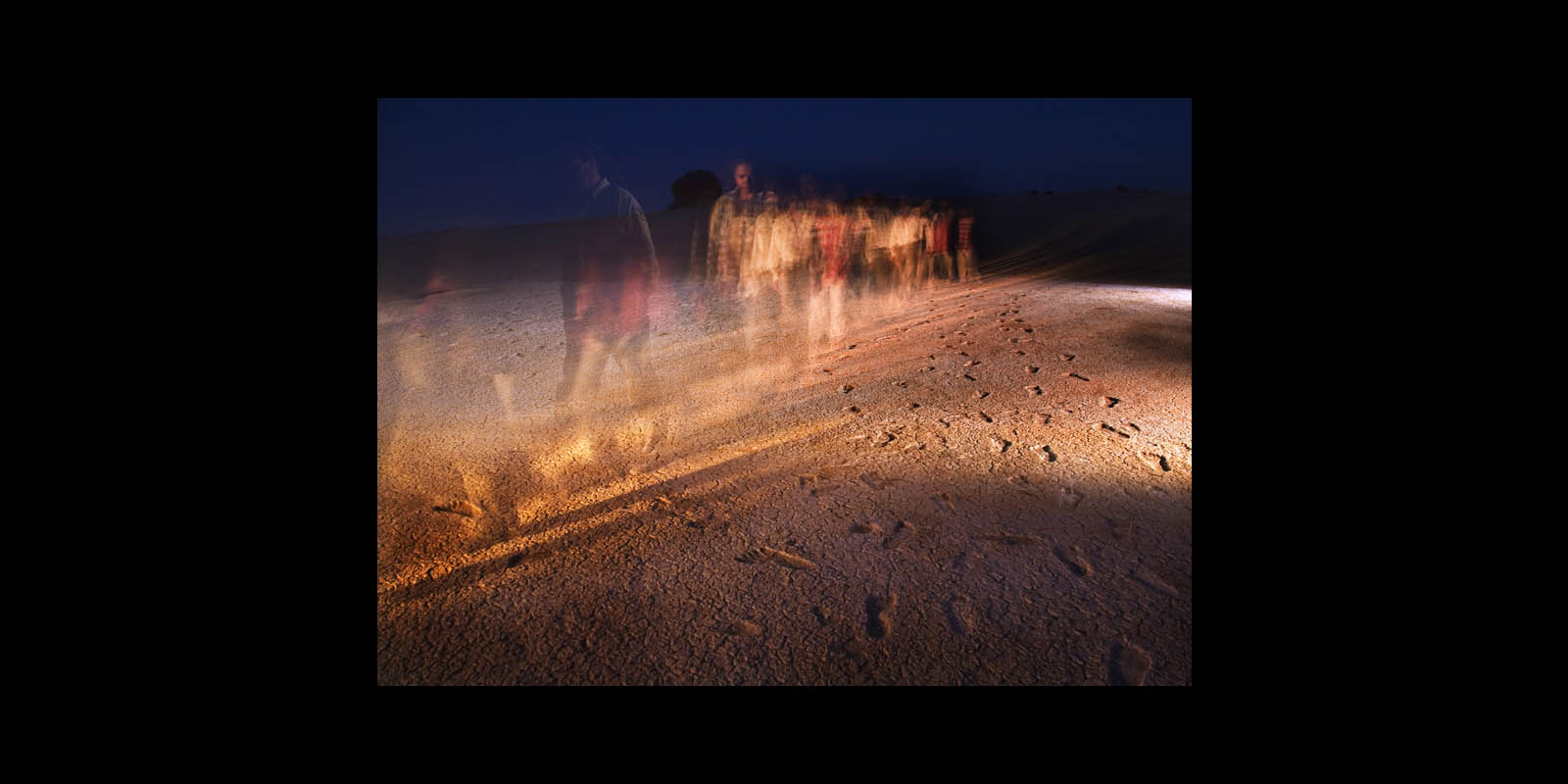Mungo National Park is located on Paakantji, Mutthi Mutthi and Ngiyampaa country in New South Wales and makes up a small section of the heritage listed Willandra Lakes Region.
The Willandra Lakes region was once filled with water however four to five millions years ago much of the water receded and due to the lack of major earth movements such as earthquakes or volcanoes the lakes have been primarily shaped by the winds across millions of years.
These winds coupled with erosion have built up the lunettes – crescent shaped dunes – which have hidden and protected many artifacts and relics of the past among the layers of the dunes.


Lake Mungo Lunette. Source: Visit Mungo.
Archaeological Discoveries
Artefacts, burial sites and even footprints have been found around the region that have helped put official dates on what Aboriginal people already knew – that we have been here far longer than people understand.
A variety of smaller discoveries have been made across the region. These discoveries include food waste, fireplaces and stone tools.
Mungo Man and Mungo Lady
Mungo Lady and Mungo Man helped to re-write what we scientists believed the history of this country was and their remains are some of the oldest of modern humans found outside of Africa.
Mungo Lady (1968) and Mungo Man (1974) were discovered by archaeologist Jim Bowler. Both are estimated to have been alive around 42,000 years ago. Mungo Lady is the oldest known cremation in the world.
Since their discovery and removal from the Mungo area both Mungo Lady and Mungo man have been returned to their traditional lands.
You can read more about Mungo Lady and Mungo Man on our history timeline article Mungo Man Returns Home.
Footprints
The Willandra Lakes has routine archaeological surveys and it was during one of these surveys in 2003 that the preserved footprints were discovered. These tracks were carefully covered with a bed of sand in 2006 due to how fragile they were – they needed to be fully protected from everyone.
There are around 500 tracks across more than 25 paths and are estimated to be around 20,000 years old. They are the only human tracks of Pleistocene age yet discovered in Australia, and the largest collection of such prints anywhere in the world.


Ancient footprints. Photograph © Michael Amendolia.
Sources
- Ancient Mungo Environments, Visit Mungo
- Mungo Archaeology, Visit Mungo
- World Heritage, Visit Mungo
- Willandra Lakes region, NSW National Parks and Wildlife Service
